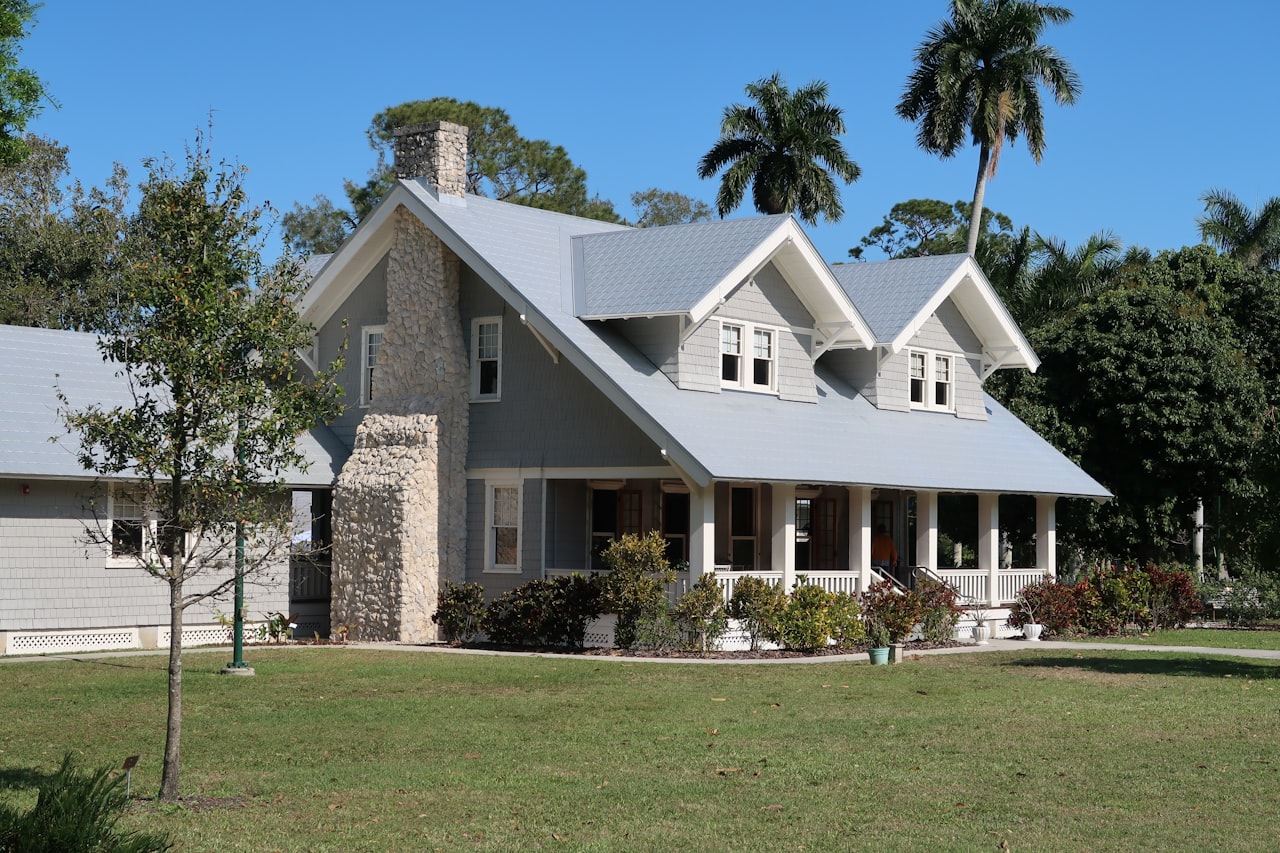We’ve seen plenty of this throughout 2020 and 2021. In fact, housing market inventory levels in many U.S. cities have never been lower than they are right now. This is especially true in red-hot real estate markets like Austin, Boise, and Denver — to name but a few.
While housing conditions can vary from one city to the next, most of the United States is a strong seller’s market right now. In 2022, these conditions will likely persist to some degree.
To be clear: Market conditions do appear to be changing, with an increase in new real estate listings being reported nationwide. But these changes probably won’t be enough to shift the market from sellers to buyers – at least not anytime soon.
The way it looks now, we could still be in a seller’s market well into 2022.
A Supply and Demand Story, as Always
When there are lots of homes on the market but not that many people buying, you have a classic buyer’s market scenario. At the other end of the spectrum, low supply and high demand create a seller’s real estate market by increasing competition. Home prices tend to rise rapidly in this latter scenario.The truth is we were already in a seller’s market when the coronavirus pandemic started. The public health crisis brought the real estate scene to a standstill in April of last year. But it quickly rebounded. In fact, the COVID situation actually accelerated the U.S. housing market by giving people new motivation for relocating, buying homes with offices, etc.
But what about 2022? Will these sellers’ market conditions carry over into next year, as well? If the current supply and demand situation is an indicator, the answer is yes.
According to a July 2021 report from Realtor.com, new real estate listings are finally on the rise. The company reported that new listings rose by nearly 11% from May to June of this year. When measured year-over-year, new listings were up by 5.5% last month.
But that’s a small slice of the total inventory situation. When you look at total housing market inventory across the U.S. (i.e., the number of homes for sale), you’ll see a very different picture. Total inventory is still down considerably year-over-year.
According to the July Realtor.com report, total inventory declined by -43.1% in June 2021, compared to a year earlier. And supply levels were already low a year ago.
On the demand side, home sales remain strong with an unexpected increase in May of 2021. Low mortgage rates have a lot to do with this.
According to Lawrence Yun, chief economist for the National Association of Realtors: “The housing market is attracting buyers due to the decline in mortgage rates, which fell below 3%, and from an uptick in [property] listings.”
Home-Price Growth Shows No Sign of Stopping
Given all of these trends, we will probably still be in a real estate seller’s market in 2022. But what does that mean for home prices across the U.S.?Prices are still rising steadily in most cities. Earlier this month, Realtor.com reported that the median list price for homes in the U.S. hit a new record high. The national median listing price rose to $385,000 in June, 12.7% higher than a year earlier.
If you look back 30 or 40 years, you’ll find that the average rate of annual home-price appreciation is closer to 4%. The high double-digit gains of the past 12 to 18 months are abnormal and unsustainable. They’re also a classic side effect of a strong seller’s market.
Most analysts and economists expect home prices to continue rising through 2021 and into 2022.
A ‘Cooler’ Market That Still Favors Sellers?
While the current seller’s market is expected to carry over into 2022, there are signs that the U.S. real estate market is cooling a bit.Many analysts believe that home buyers are beginning to “pull back” from the market, due to rising prices and the frustrations associated with a competitive market. Going forward, this softening of demand could lead to slower home-price growth in some cities — or even a leveling-off.
According to George Ratiu, senior economist for Realtor.com:
“If these trends persist, inventory declines and price growth may continue to moderate as the housing market returns to a more normal pace of activity heading into the second half of 2021.”
Maybe so. But we probably won’t see anything resembling a true buyer’s market for several more years.
Still Not Enough Construction
New home construction has been lagging behind demand for well over a decade now. There are several reasons for this. Currently, high lumber prices and labor shortages are the two biggest problems pleading builders. This contributes to the “perfect storm” that has created such a strong seller’s market across the U.S.As we reported back in May, construction has dropped off most sharply at the smaller end of the size range. The percentage of homes with less than 1,400 square feet has plummeted over the past couple of decades. This makes things harder for first-time buyers, who often tend to shop for these smaller and more affordable houses.
As you can see, many overlapping factors have created the current seller’s real estate market situation. And while we are seeing an increase in new real estate listings, it probably won’t be enough to change the current dynamic.
The bottom line: It will probably still be a seller’s market in 2022.
SOURCE: Home Buying Institute




































































































